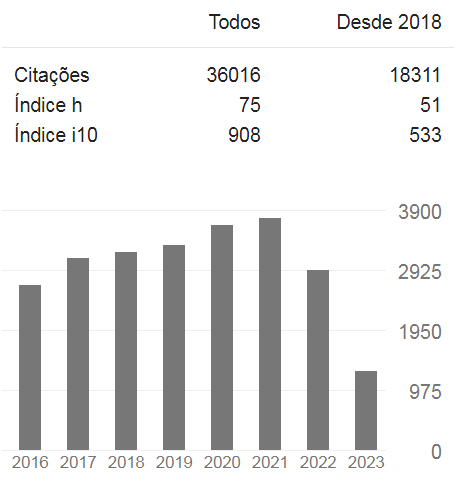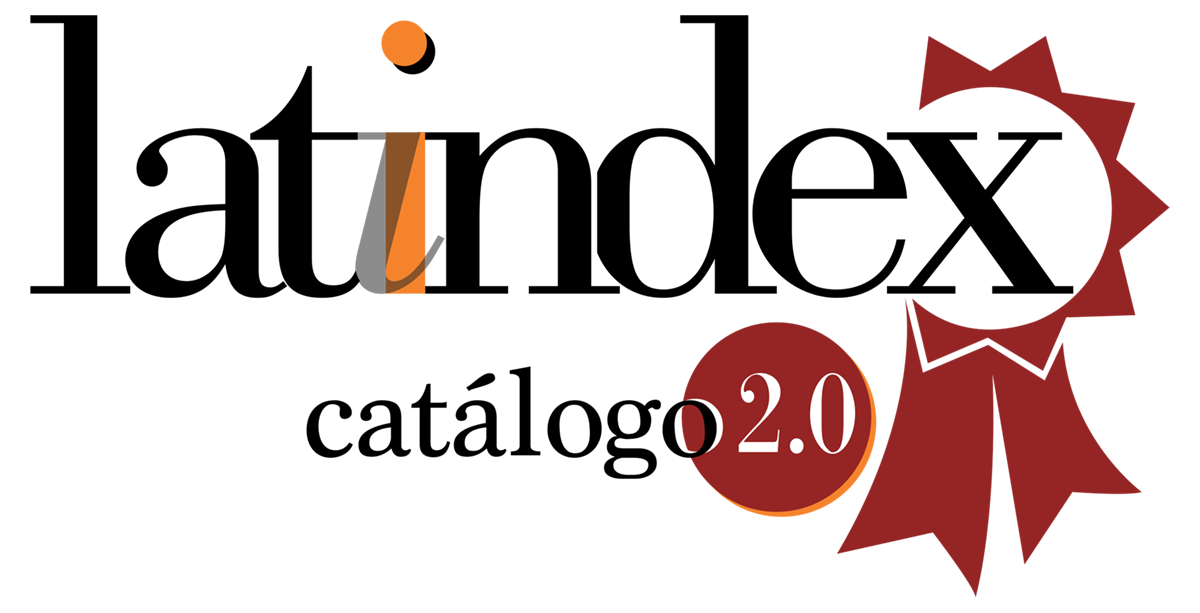O fenômeno de revolving door em hospitais psiquiátricos de uma capital do nordeste brasileiro
DOI:
https://doi.org/10.35699/reme.v11i4.50664Palavras-chave:
Unidade Hospitalar de Psiquiatria, Hospitais Psiquiátricos, Pessoas Mentalmente Doentes, Hospitalização, Readmissão Hospitalar, DesinstitucionalizaçãoResumo
OBJETIVOS: estimar a ocorrência de reinternações nos hospitais psiquiátricos de um Estado no Nordeste brasileiro em 2004 e caracterizar a clientela que fez uso desse expediente no referido período. MÉTODO: estudo de natureza quantitativa, desenvolvido em duas instituições hospitalares psiquiátricas do Estado do Piauí (uma pública e uma privada). Os dados foram extraídos de uma amostra de 280 prontuários e fichas de identificação. Foi abordada a reinternação psiquiátrica caracterizada como uma freqüência de duas ou mais internações realizadas por um sujeito pelo período de um ano. RESULTADOS: 55,7% dos pacientes apresentaram reinternações. Desses,64,1% eram do sexo masculino; 80,1% estavam na faixa etária de 20 e 49 anos; 68,6% eram solteiros; 75,6% procedentes da capital; 59,3% com HD de Classificação (segundo a CID-10) F2x e 28,8% F1x. CONCLUSÃO: os resultados deste estudo demonstram um fenômeno que vivenciamos atualmente nos serviços de internação integral em hospitais psiquiátricos: a reinternação sucessiva de pacientes. Os dados trouxeram informações técnicas que podem ser vistas como parte integrante de um programa de assistência a pacientes psiquiátricos, para subsidiar o planejamento de ações e construção de projetos terapêuticos.Publicado
01-12-2007
Edição
Seção
Pesquisa
Como Citar
1.
O fenômeno de revolving door em hospitais psiquiátricos de uma capital do nordeste brasileiro. REME Rev Min Enferm. [Internet]. 1º de dezembro de 2007 [citado 3º de janeiro de 2025];11(4). Disponível em: https://periodicos.ufmg.br/index.php/reme/article/view/50664






































